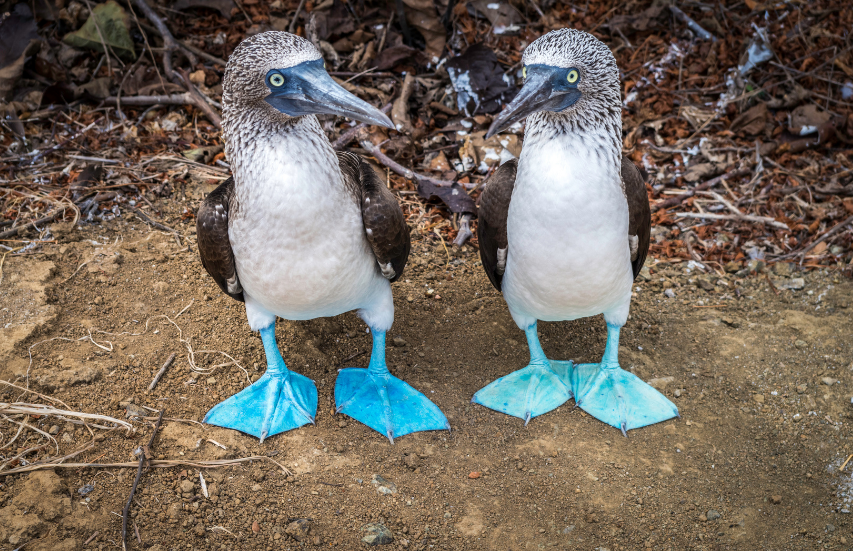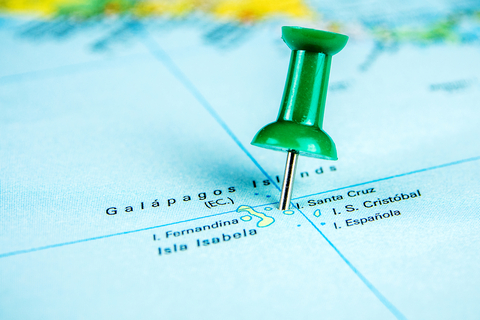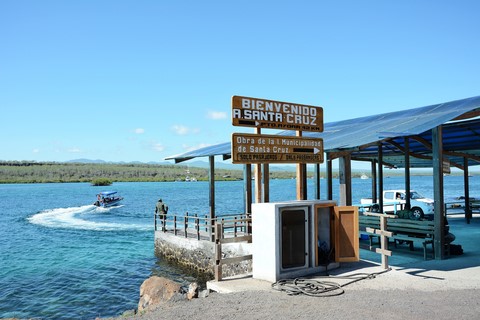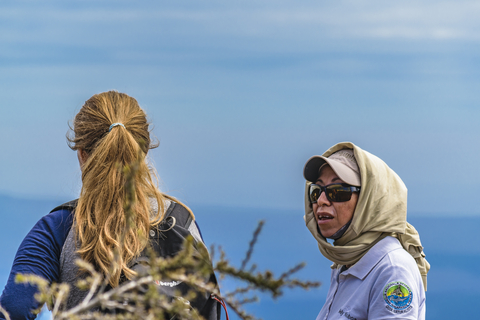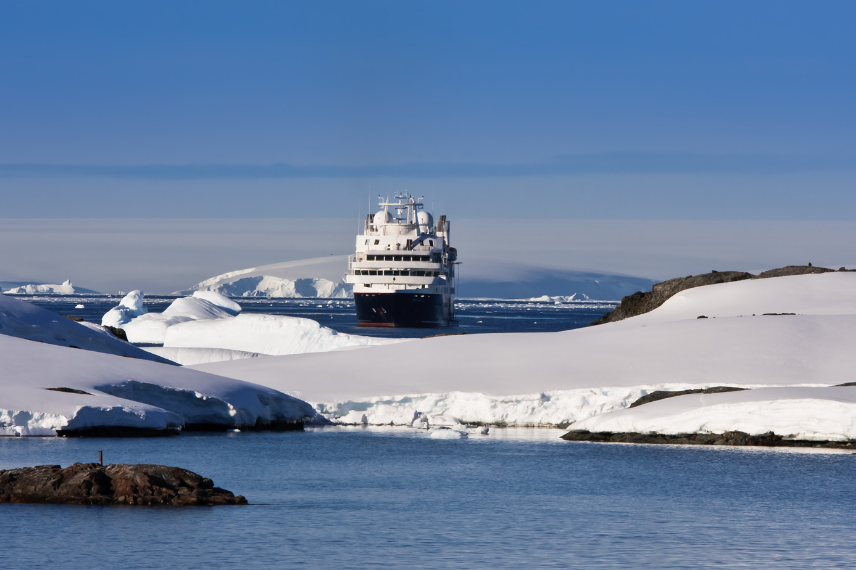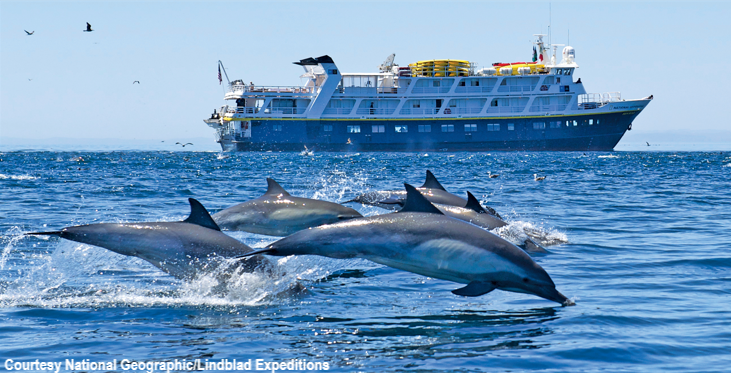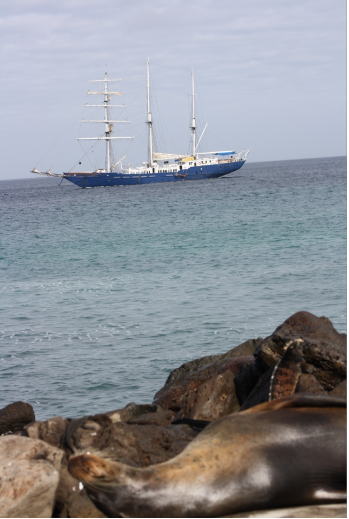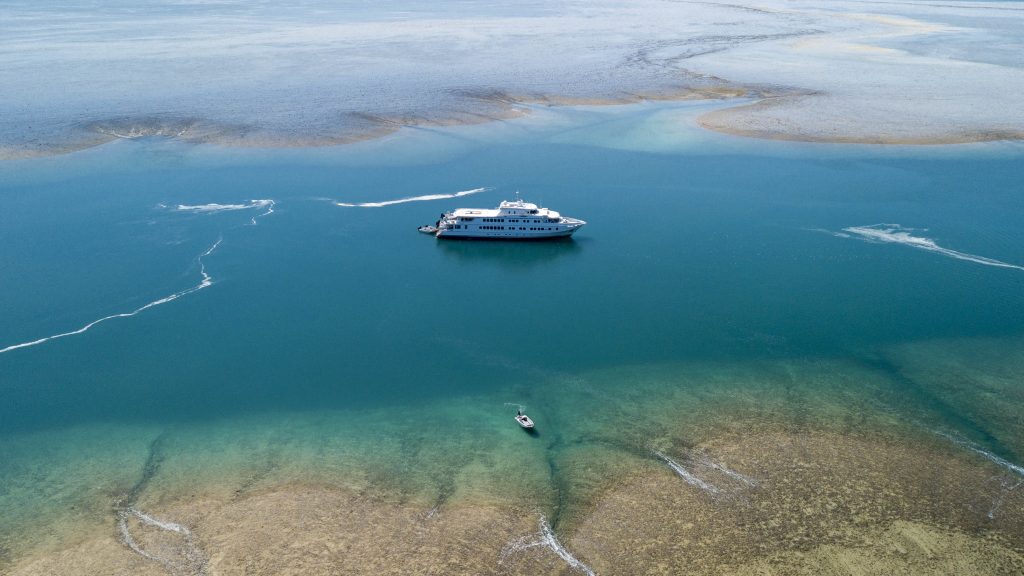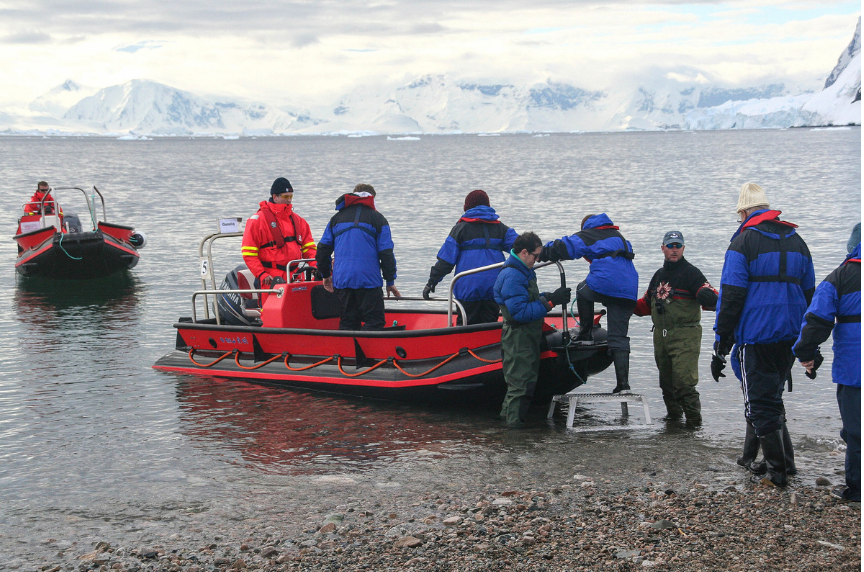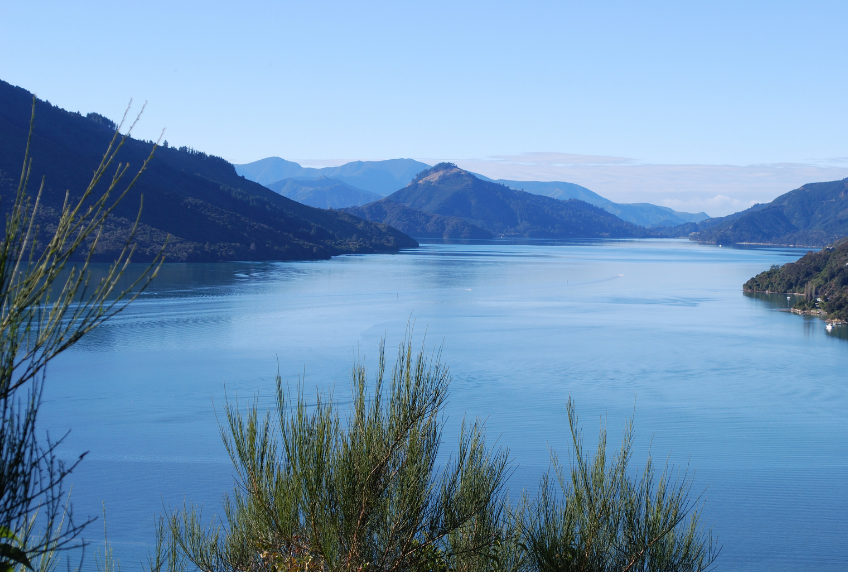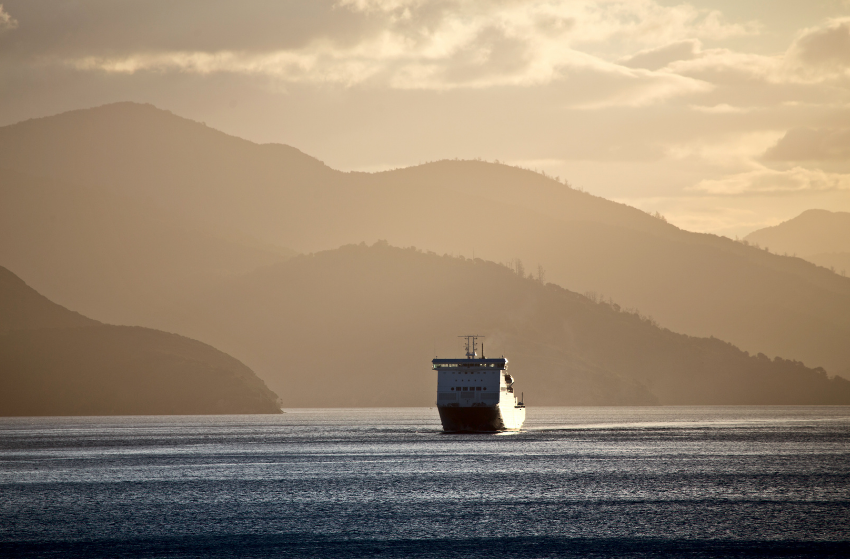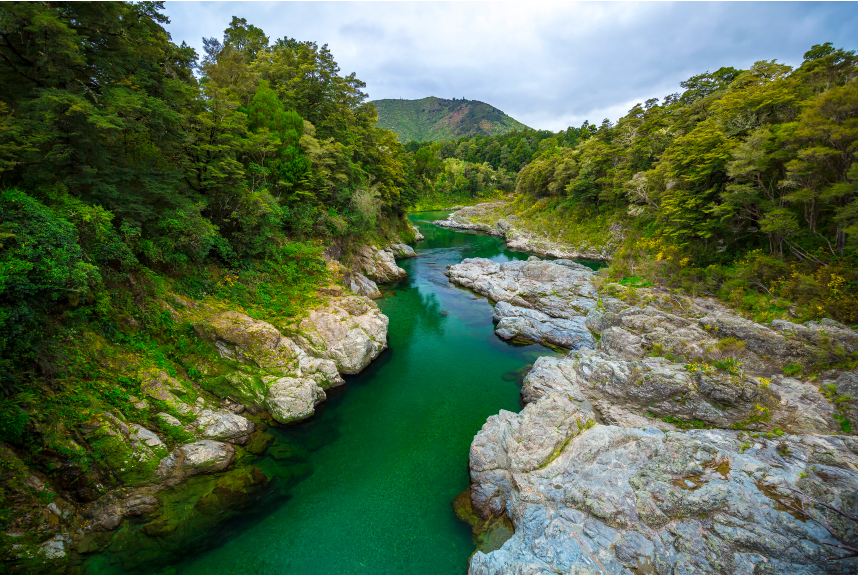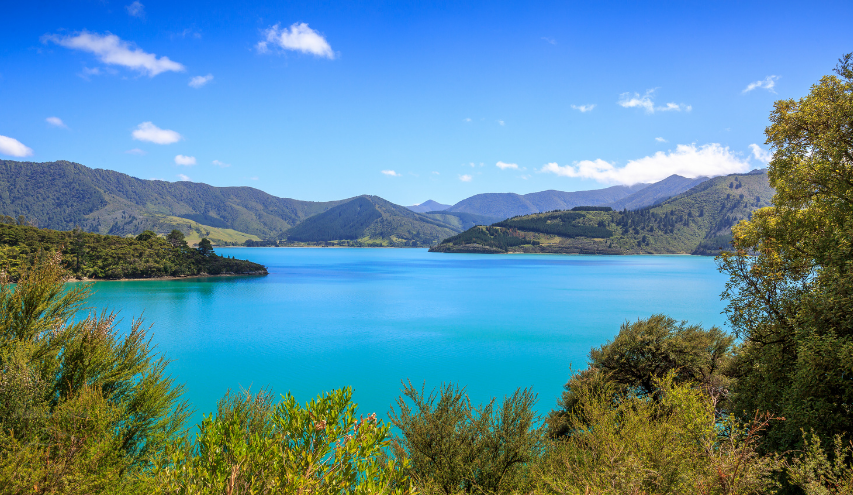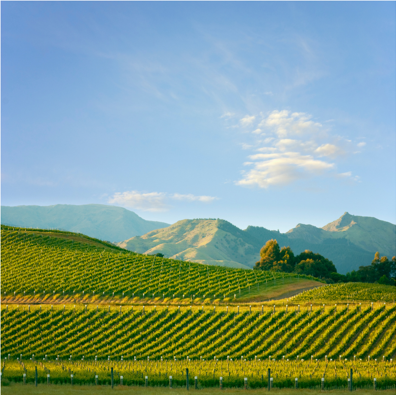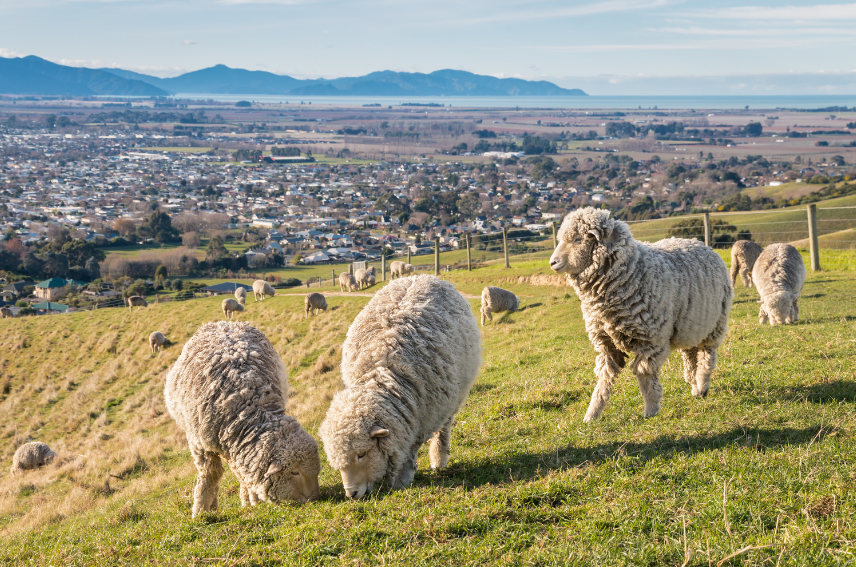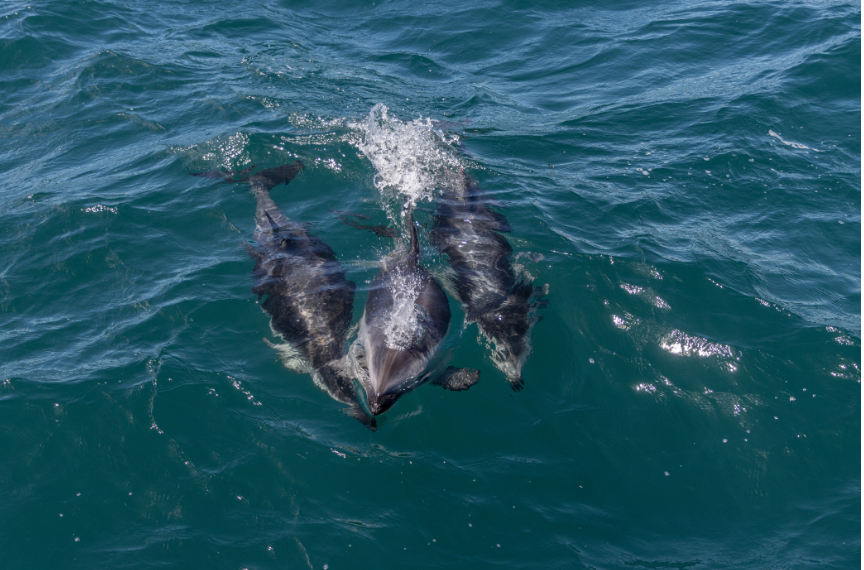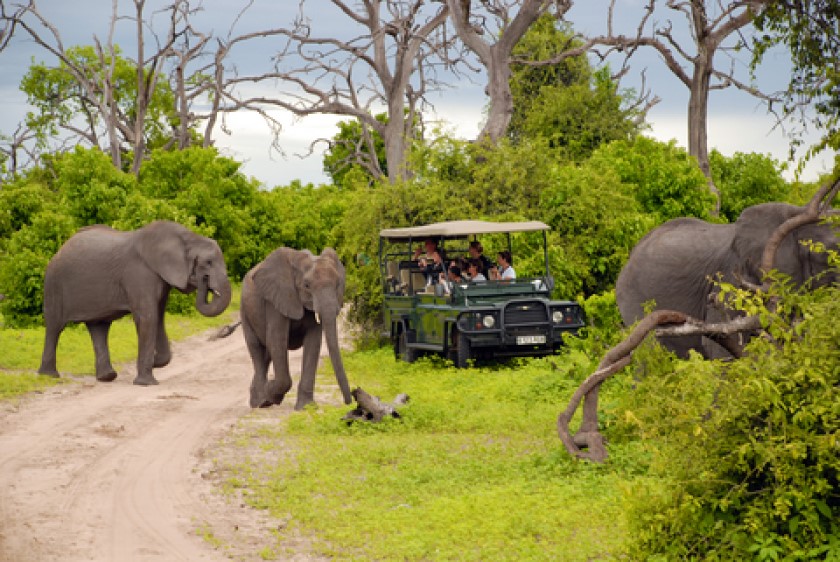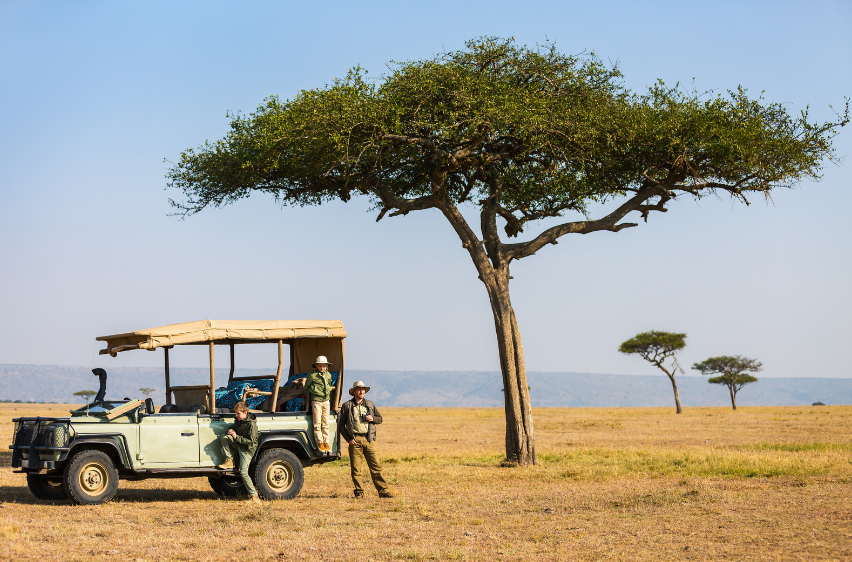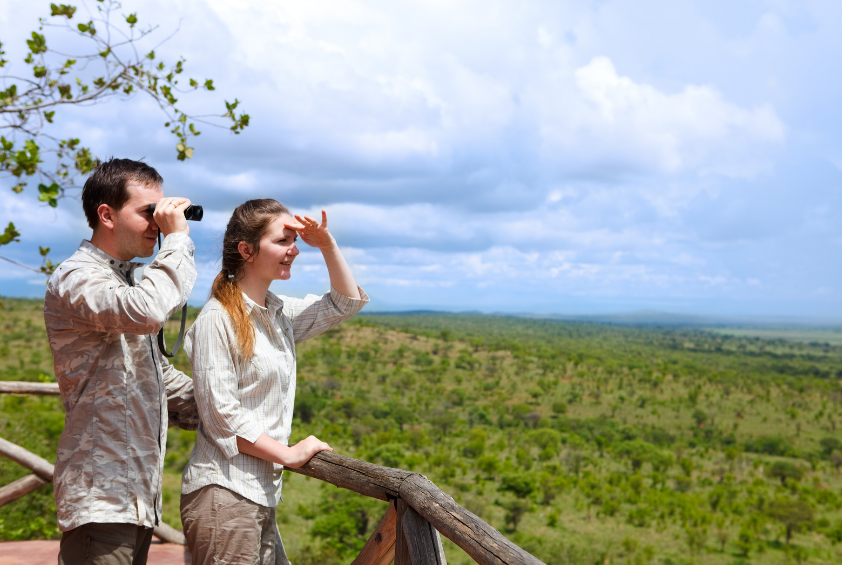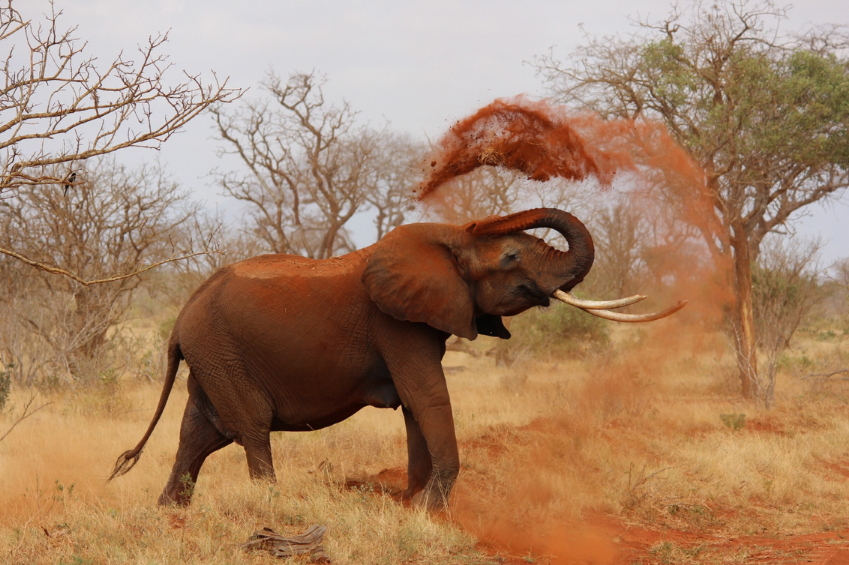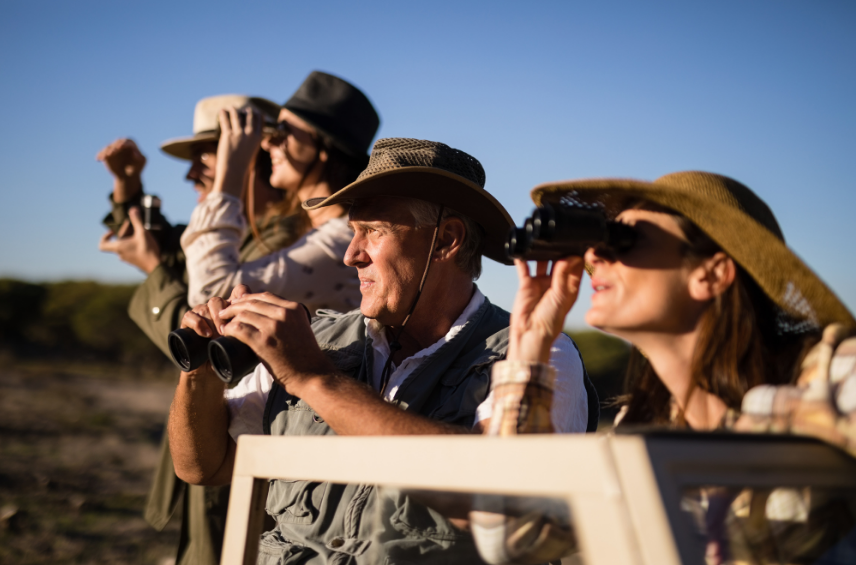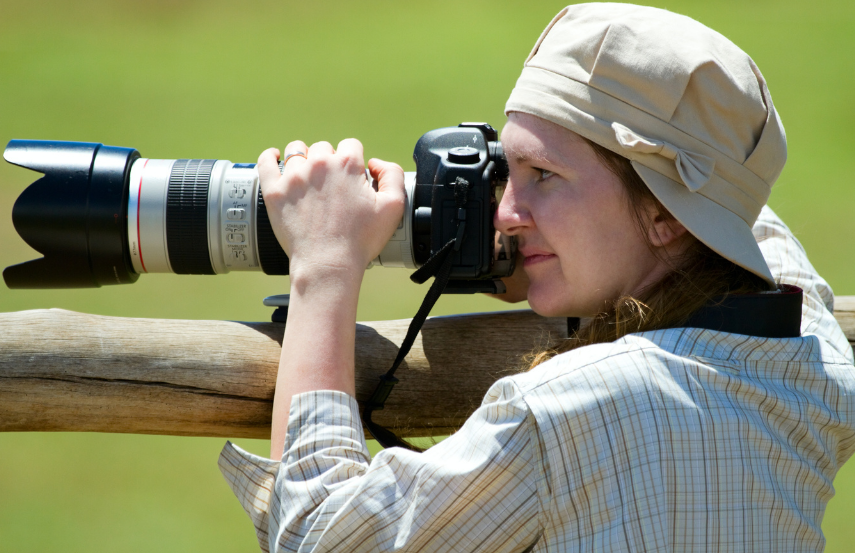When planning the vacation of a lifetime, the question isn’t “should I visit the Galapagos,” but rather “should I visit the Galapagos by land or by sea?” There are pros and cons to each, but whichever option you choose, you’re sure to have a fantastic adventure that’s guaranteed to be an experience you’ll never forget.
The Galapagos, located in the country of Ecuador, is a bucket-list trip for many nature lovers looking to experience all the wonder and excitement the archipelago has to offer. Known as the birthplace of evolution, Charles Darwin famously
studied the wildlife on the islands and wrote “The Origin Of Species,” which changed the way people viewed our existence in the universe. Today, the Galapagos Islands are a popular tourist destination while still maintaining the protection needed to guard the extensive species of wildlife that call the region home.
Galapagos by Land
Many people feel wary about setting sail aboard a cruise ship due to motion sickness or a fear of water. For those not thrilled with the thought of traveling by sea, there are many excellent vacation opportunities on land that are equally as fun. The Galapagos has four inhabited islands vacationers can visit: San Cristobal, Isabela,
Regardless of how you visit the Galapagos, Puerto Ayora, the capital of Santa Cruz, draws bucket list travelers, sea lions and pelicans because of its beautiful port.
Santa Cruz, and Florena. Each one offers a unique experience all its own. If you choose to stay on land, locals recommend you split your time between at least two islands to maximize your opportunities for adventure. The two most common choices are Isabela and Santa Cruz.
Isabela is the largest island in the archipelago and is home to a volcano, tortoise breeding center, highlands, wetlands, and a glorious white sand beach. Many choose to stay in a hotel either right along the beach or high above in the lush forest.
Santa Cruz is the capital of Puerto Ayora and a bustling town full of life and energy. Local restaurants and shops feature the unique tastes of the islands, making Santa Cruz an excellent place to get a feel for the culture. It’s also home to the Charles Darwin Research Station, highlands, and the world-famous Tortuga Bay, considered the most beautiful beach in the archipelago.
Staying on one of the islands offers pros and cons, and it’s important to understand them all before making your decision. There’s no right or wrong choice; it’s all about what suits your needs and makes you the most comfortable.
Pros
- Staying on land offers you more flexibility for touring various destinations. You’re not controlled by strict scheduling like those staying on a ship, so you can explore at your own pace.
- There are more options for luxury hotels that offer a wide range of amenities. Many hotels provide luxury land-based packages that are all-inclusive and make planning your stay easier.
- When you stay on an island, more of your money goes toward helping the local economy. You can support local tour operators, lodging, and restaurants, helping grow the region’s economy.
- Staying on land gives families more accessibility options, which is especially useful for those with small children or the elderly. Many ships don’t allow children under the age of seven, so choosing to stay on the islands provides everyone, regardless of age, the opportunity to enjoy the beauty of the Galapagos.
- You also have the freedom to explore at your own pace. If you want to spend a day relaxing poolside, you have the option. You can also choose to come back to the hotel to rest throughout the day, which is not a possibility for those staying aboard a boat.
- There is also less chance of experiencing motion sickness since you can choose to avoid excursions that require boat access. Although not using any form of seacraft does limit the number of adventures you can go on, it is possible to avert boats altogether if you plan accordingly.
- More custom excursion opportunities are also available when you stay on the islands. You can create the perfect vacation to suit everyone in your group.
- You have easier access to diving day trips than if you stayed on a ship, which is exciting if you want to explore more of the sea.
Cons
- Unless you book a well-established island hopping tour package, you can spend the majority of your time negotiating to and from your excursions, leaving minimal time for your actual adventure. Also, on single-day sightseeing tours, you’re not guaranteed the same tour guide or group every day, and their experience levels may vary.
- More of your daytime hours will be spent in transit, with crossings between islands
generally taking 2-3 hours and can take up to 4 hrs with rough waters.
- Smaller boats can’t be avoided for those concerned with motion sickness unless you stay on one island and avoid diving/snorkeling excursions.
- You’ll miss out on cruise-only islands.
Galapagos by Sea
In the past, more visited the Galapagos by sea, but it is still a popular option today. Due to the conservation efforts in the area, only two size boats are allowed, small, which houses 80-100 vacationers, and intimate only allowing up to 40 passengers. When staying on a ship, it’s important to note your schedule is more structured, and those aboard a sailboat should expect limited use of sails due to these tighter schedules.
Pros
- Staying aboard a ship allows for the most efficient itineraries since you don’t spend hours traveling to your destinations during the day; you simply wake up to your new adventure spot.
- More islands are available like Fernandina and Genovesa, which are only open to cruise ship passengers.
- You’ll have access to the highest quality naturalists.
- You create a smaller ecological footprint.
- You can disconnect easier since there is limited cell phone and internet service onboard.
- Avoid hotel hopping and unpacking multiple times.
- The all-inclusive packages include your meals.
- Every itinerary is action-packed with exciting adventures.
Cons
- You travel with the same group of people for the entire trip .
- Often more costly than vacationing on land.
- There’s an increased opportunity for motion sickness.
- Many ships don’t allow children under seven.
Vacationing in the Galapagos is a once-in-a-lifetime opportunity, either on land or by sea. Both options feature fantastic adventures and are guaranteed to create lifelong memories. Now you can choose your ideal way to experience everything the Galapagos offers and see what everyone is raving about. So what are you waiting for? Call me to start making your plans to check this off your list today!

